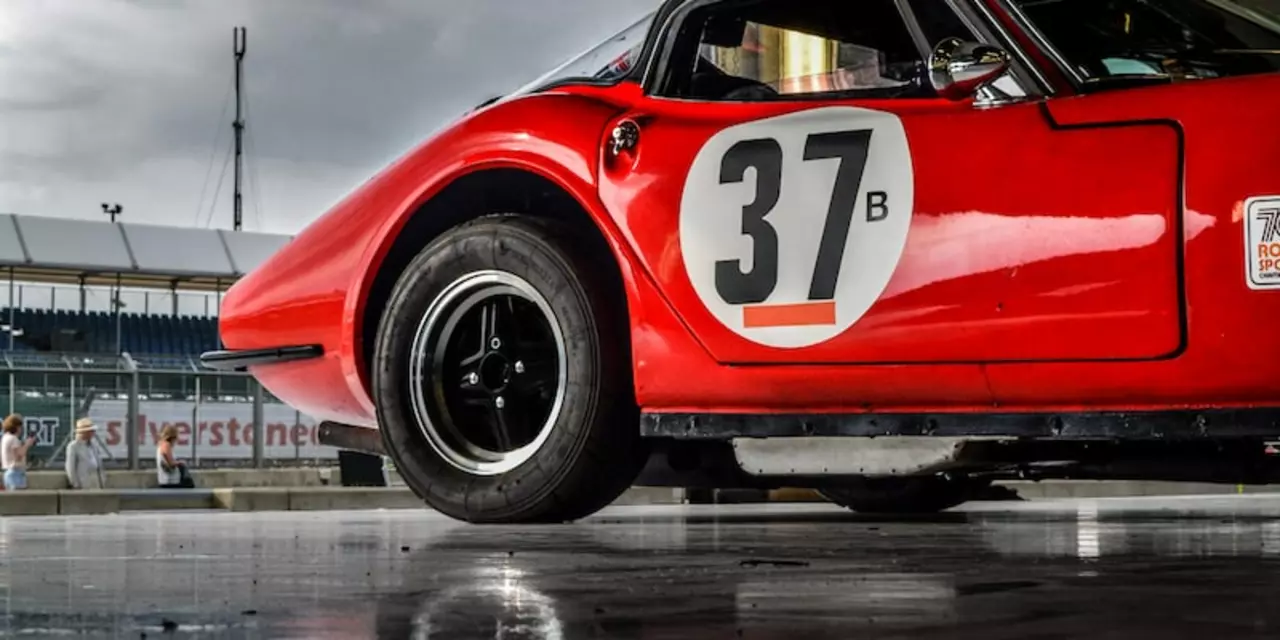Racing Line: How to Hit the Fastest Path Every Time
When you hit the track, the first thing you want is speed. The secret isn’t a magic car or a crazy setup – it’s the racing line. A good line lets you carry more speed through corners, reduces tire wear, and makes you feel in control. Let’s break down what the racing line really is and how you can start using it today.
What is a Racing Line?
The racing line is simply the path that lets you complete a lap in the least amount of time. Think of it as the “sweet spot” on the pavement. It usually follows three points: brake before the turn, hit the apex (the inside corner point), and accelerate out of the turn. On a straight, it’s just the straight‑line you drive. On a curve, it’s a smooth arc that lets the car stay balanced.
How to Nail the Perfect Racing Line
1. **Brake early and in a straight line** – Pull back on the brakes before you turn. Braking while you’re already turning makes the car unstable. Pick a braking point that gives you enough room to slow down without hurting your lap time.
2. **Aim for the apex** – The apex is the innermost part of the corner. Hitting it lets you keep the car as straight as possible through the turn. On a typical “slow‑fast” corner, aim to clip the inside edge just before the midpoint.
3. **Roll on the throttle smoothly** – Once you’ve passed the apex, start easing on the gas. The earlier you can apply power without losing grip, the faster you’ll exit. Keep the steering steady; sudden movements can unload the tires and cost you speed.
4. **Watch the track layout** – Not all corners are the same. Tight hairpins need a later apex and a longer straight‑line entry, while fast sweepers let you stay wider and hit the apex later. Adjust your line based on the corner’s radius and the track’s surface.
5. **Practice the “outside‑inside‑outside” flow** – On most turns, you’ll start wide, cut in to the apex, then drift back out. This creates the longest possible radius for the car, which translates to higher speed.
6. **Use reference points** – Pick a curb, a braking marker, or a sign as a visual cue. When you see it, you know it’s time to brake or turn. This cuts down on guessing and builds consistency.
7. **Get feedback** – If you have a data logger, look at your speed, brake pressure, and steering angle. Spot where you lose time and tweak your line. Even without tech, ask a more experienced driver to watch you and point out where you can improve.
Remember, the perfect line isn’t a one‑size‑fits‑all. Your car’s setup, tyre condition, and even the weather affect the ideal path. Start with the basic steps above, then fine‑tune as you gain confidence.
Bottom line: mastering the racing line is about staying smooth, braking straight, and hitting the apex cleanly. Do that, and you’ll see lap times drop without having to push the car to its limit. Grab your helmet, head to the track, and start experimenting – the faster line is waiting for you.

What does racing line mean in Motorsports?
- by Ashton Beauregard
- on 3 Mar 2023
Racing line is a term used in motorsports to describe the fastest route around a track. It is determined by studying the track layout, the way the car behaves on different corners, and the physics of the car. The racing line is the ideal route a driver should take in order to achieve the fastest lap time. It involves taking advantage of the track's camber and banking, and avoiding any bumps or dips which could slow the car down. The racing line is important for drivers to master in order to be competitive in motorsports.